This stealth bull market is still in its early stages
The mining sector has performed extremely well in recent months, even as investors worry about the state of the wider market. But, asks John Stepek, can this bull market last?


Bull markets come in all shapes and sizes.
The hysterical madness of cryptocurrencies. The relentless, central bank-driven rise of the S&P 500. The long decline of interest rates.
But there's one sort of bull market I like better than most. The quiet ones. The ones you only see when a previously-despised asset starts to turn a corner.
MoneyWeek
Subscribe to MoneyWeek today and get your first six magazine issues absolutely FREE

Sign up to Money Morning
Don't miss the latest investment and personal finances news, market analysis, plus money-saving tips with our free twice-daily newsletter
Don't miss the latest investment and personal finances news, market analysis, plus money-saving tips with our free twice-daily newsletter
There's one such sector that has been doing extremely well in recent months, even at a time when everyone is starting to fret about the sustainability of the wider market rally.
The mining sector...
Investors aren't rational thank the Lord
In early 2016, metals prices started to recover along with mining stocks. They had a cracking year, all told. And little wonder they were coming out of a brutal five-year bear market that had starved supply as companies were forced to become lean and mean again.
From an investment point of view, the most interesting thing about long bear markets is that they don't just starve supply, they also choke off investors' supply of goodwill. And this is what really creates the opportunities in markets.
If markets were purely rational, and all investing was "reality based" (for want of a better phrase), then you wouldn't get these extremes of under- and over-valuation. People would be able to look at a company and its share price dispassionately, and decide whether the outlook today justified higher or lower prices. As a result, markets would be a lot more efficient than they are and it'd be hard to make any money.
Thankfully, that's not what they're like. You need only look at what's going on in cryptocurrencies right now to realise that. It's the ultimate in hope-based investing. "I've no idea what they do, but the price is going up and as long as I can sell my magic beans to some other mug before it collapses, I'll be fine."
Markets have memories, and emotional cycles. Greed, hope, fear, shame they all play a role in shaping investors' attitudes and actions, one that's at least as important as the hard numbers. And it's this wonderful emotional overlay that creates the best opportunities.
At the bottom of a bear market, investors aren't just sceptical about future prospects; they feel positively betrayed. They invested in the hope of making big gains that hope lead them not only up the garden path, but then all the way up a certain creek without a paddle.
By the time the long, painful process of the bear market is done, their hopes have been crushed and the sector in question is associated only with pain. The disappointment has hardened to disdain. The walking wounded have moved on to other, better investments ones that will treat them right.
Even if their former flame appears to recover, they ignore it. It's disappointed them before; it'll do it again. Besides, it'll never regain the heights of the previous bull market. So why bother?
It's this sort of emotional scar tissue that enables a sector to more than double in a year without really drawing much attention or enthusiasm at all. Which is roughly what happened to the mining sector (as measured by the biggest stocks in the sector) in 2016.
Then, in late January and early February this year, progress stalled. The major mining stocks lost about 20% of their value over the next three months. But in May, the correction bottomed out, and over the last six weeks or so, mining stocks have rallied strongly to recover their February highs.
The question now is: can this stealth bull market continue?
Can the mining bull market last?
The mining recovery is no longer happening as quietly as it was. Suddenly, for example, everyone has noticed that copper has had a stellar few months.
The price of "Dr Copper" (the nickname stems from the old joke that copper has a PhD in economics it is widely seen as a good leading indicator of economic growth) has soared by around 20% since the end of May and is now sitting near a three-year high.
There are lots of arguments as to why this is. One is that Chinese economic data has been decent recently. China also plans to crack down on scrap metal imports as an environmental measure, which would mean more demand for most metals, including copper.
Another is that the US dollar has been weakening (although that started quite a while before the rally in copper did).
Yet another is that some of the electric car mania in the lithium sector has rubbed off on the metal all those plugs need wiring with something, after all. In fact, notes the Financial Times, UBS reckons that battery-powered vehicles will account for 5% of copper demand by 2025.
The power of story
The thing is though, these are all vague views. The truth is, when you read around, no one is entirely sure what's driving this market higher. That's interesting in itself.
You see, one thing you realise after a long while in this business, is that stories follow prices, at least as much as the other way around. This is most obvious in the miracle of fiction that is the regular market report that most financial news outlets emit a few times a day.
The oil price moves a couple of dollars either way because of "tension in the Middle East". The FTSE 100 edges higher or lower because of "fears about Brexit uncertainty". None of this has much basis in reality, it just fills in a few words.
So the lack of apparent justification for a rising copper price doesn't tell me that the copper price is heading for a collapse. It tells me that there's still an awful lot of scepticism around. It tells me that no one expected this to happen, so they still haven't come up with the stories to explain why it's happened.
As the great Sir John Templeton put it: "bull markets are born on pessimism, grown on scepticism, mature on optimism and die on euphoria". We're clearly still in the scepticism phase for mining and commodities right now.
Sure, copper certainly might be overbought just now on a technical basis or whatever, but unless you're a trader that doesn't matter. If, on the other hand, you've bought and held some mining stocks, you should feel comfortable continuing to hold on.
And if you're not already in, I'd imagine there's far enough to go that it'd still be worth buying in now (although maybe put your money in gradually that way you'll catch any pullbacks that arise).
Get the latest financial news, insights and expert analysis from our award-winning MoneyWeek team, to help you understand what really matters when it comes to your finances.
John Stepek is a senior reporter at Bloomberg News and a former editor of MoneyWeek magazine. He graduated from Strathclyde University with a degree in psychology in 1996 and has always been fascinated by the gap between the way the market works in theory and the way it works in practice, and by how our deep-rooted instincts work against our best interests as investors.
He started out in journalism by writing articles about the specific business challenges facing family firms. In 2003, he took a job on the finance desk of Teletext, where he spent two years covering the markets and breaking financial news.
His work has been published in Families in Business, Shares magazine, Spear's Magazine, The Sunday Times, and The Spectator among others. He has also appeared as an expert commentator on BBC Radio 4's Today programme, BBC Radio Scotland, Newsnight, Daily Politics and Bloomberg. His first book, on contrarian investing, The Sceptical Investor, was released in March 2019. You can follow John on Twitter at @john_stepek.
-
 The most influential people of 2025
The most influential people of 2025Here are the most influential people of 2025, from New York's mayor-elect Zohran Mamdani to Japan’s Iron Lady Sanae Takaichi
-
 Millions of parents are missing out on up to £720 a year in extra pension cash – are you affected?
Millions of parents are missing out on up to £720 a year in extra pension cash – are you affected?A mum who narrowly missed out on the pension boost said she “never knew the government rule existed” and wants other parents to use it
-
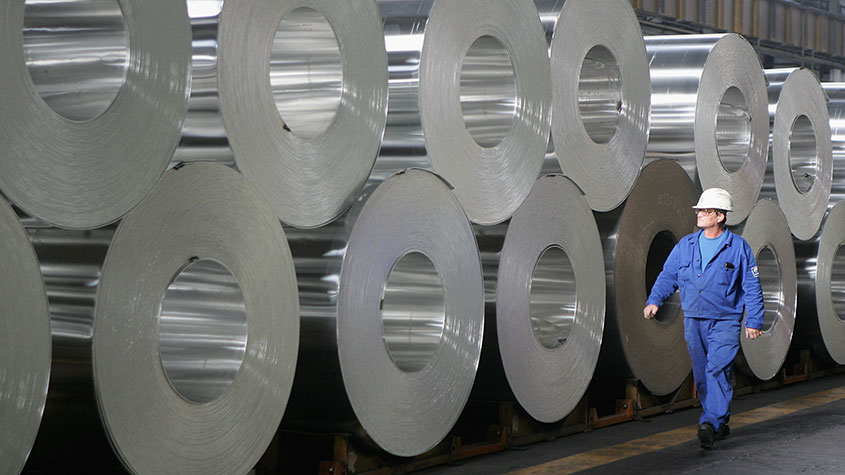 These 2 stocks are set to soar
These 2 stocks are set to soarTips The returns from these two aluminium and tin stocks could be spectacular when the commodity cycle turns says David J Stevenson.
-
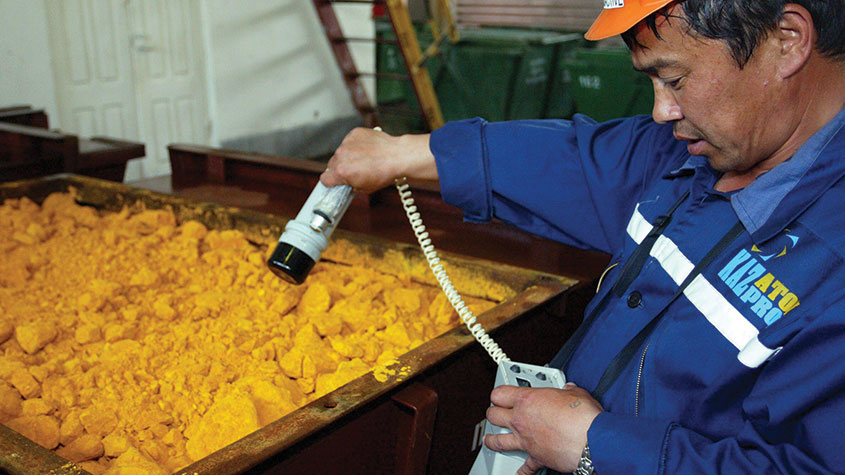 The best ways to buy strategic metals
The best ways to buy strategic metalsTips Weaker prices for strategic metals in the alternative-energy sector are an investment opportunity, says David Stevenson. Here, he picks some of the best ways to buy in.
-
 A lesson for investors from a ill-fated silver mine
A lesson for investors from a ill-fated silver mineAnalysis Mining methods may have changed since the industry’s early days, but the business hasn’t – digging ore from the ground and selling it at a profit. The trouble is, says Dominic Frisby, the scams haven't changed either.
-
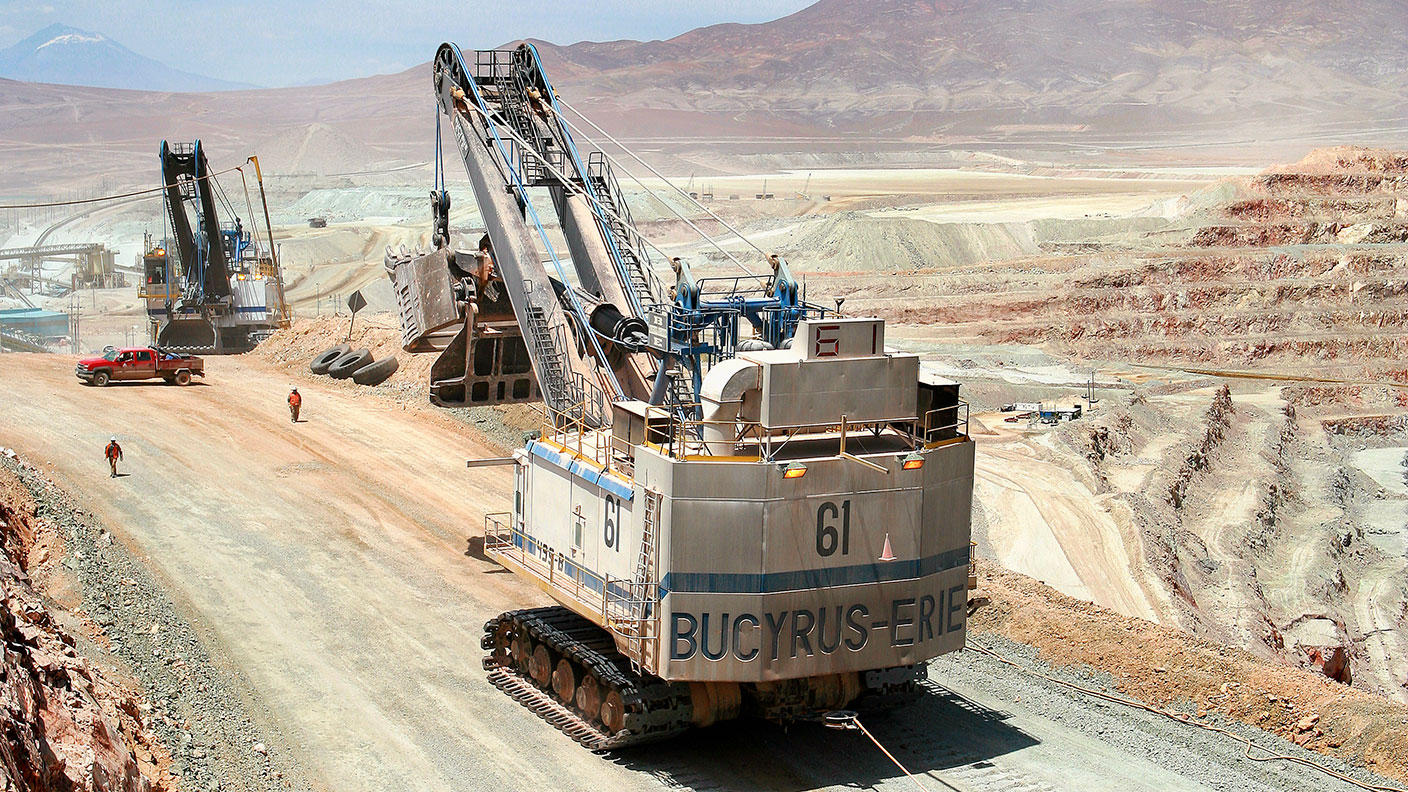 The natural resources industry is in a tight spot – which is bad news for the rest of us
The natural resources industry is in a tight spot – which is bad news for the rest of usOpinion The natural resources industry is in a bind. We need it to produce more energy and metals, but it has been starved of investment, plagued by supply chain issues, and hobbled by red tape. That’s bad news for everyone, says Dominic Frisby.
-
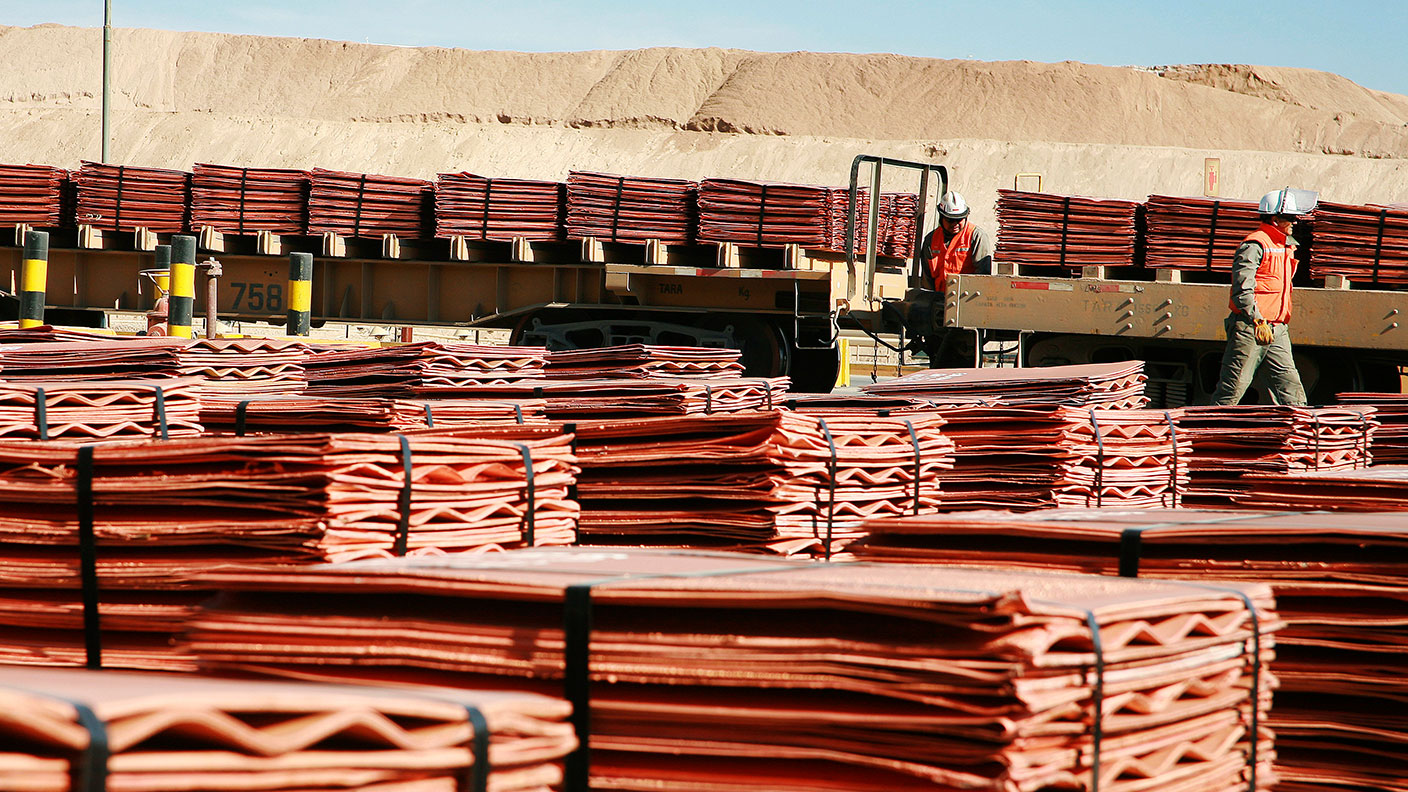 How to invest in the copper boom
How to invest in the copper boomTips The price of copper has slipped recently. But that’s temporary – the long-term outlook is very bullish, says Dominic Frisby. Here, he explains the best ways to invest in copper.
-
 Why investors should consider adding Glencore to their portfolios
Why investors should consider adding Glencore to their portfoliosTips Commodities giant Glencore is well placed to capitalise on rising commodity prices and supply chain disruption, says Rupert Hargreaves. Here’s why you should consider buying Glencore shares.
-
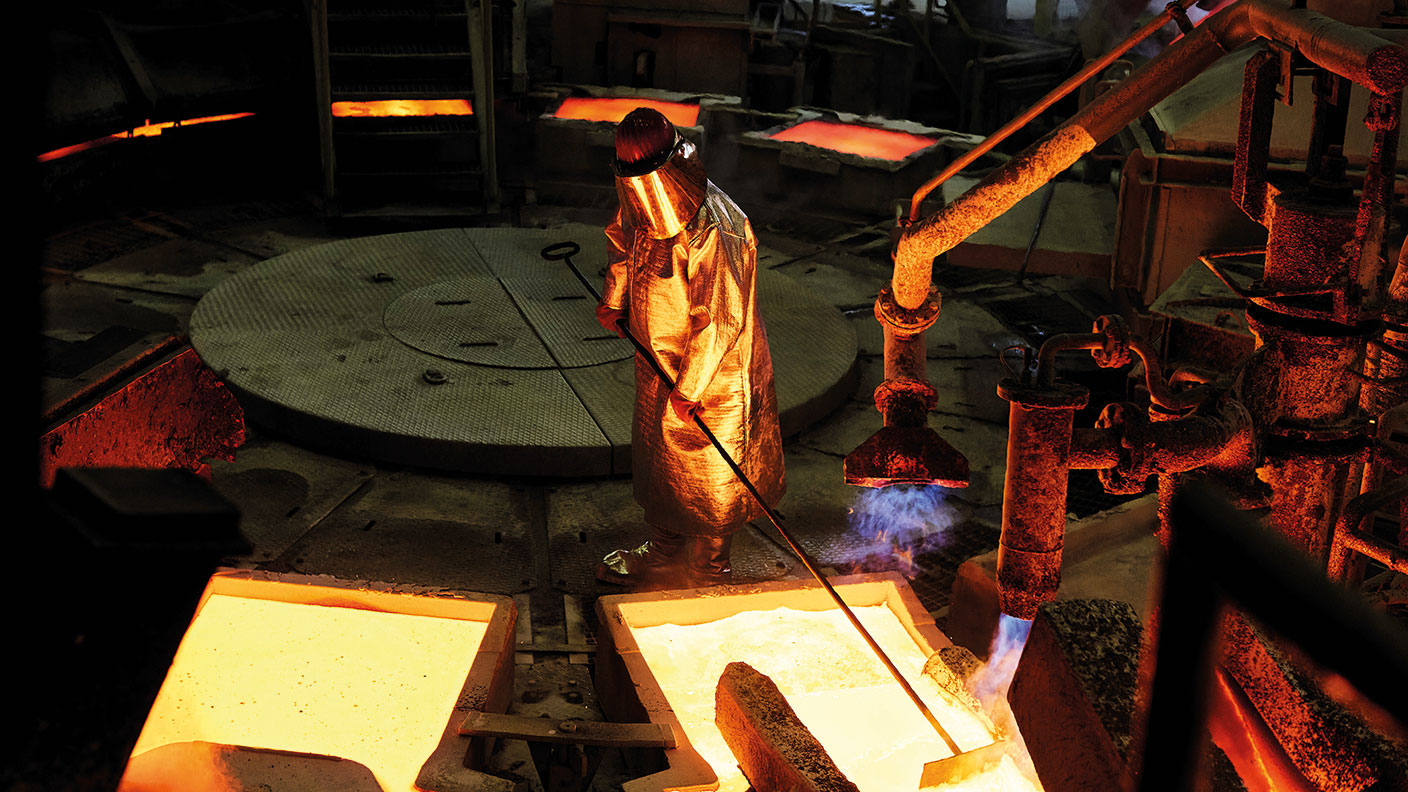 How to invest in the multi-decade boom in industrial metals
How to invest in the multi-decade boom in industrial metalsTips The price of key industrial metals has already begun to rise. The renewable energy transition will take them higher, says David Stevenson. Here's how to profit.
-
 Avoid China’s stockmarket – here’s what to invest in instead
Avoid China’s stockmarket – here’s what to invest in insteadOpinion China’s stockmarket is not a good place for investors to be. But you can't just ignore the world's second-largest economy, says Dominic Frisby. Here, he picks an alternative China play.
